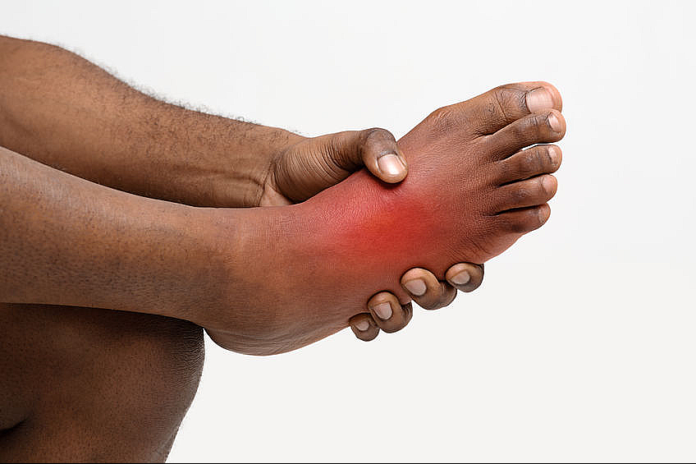Diabetes is a serious issue in the Black community. According to the Office of Minority Health at the Department of Health and Human Services, 13.4% of Black men and 12.7% of Black women have been diagnosed with diabetes. In the U.S., Black people are twice as likely as their white counterparts to die of diabetes. They are also more than twice as likely to undergo diabetes-related leg or foot amputation.
Even though the disease is chronic, it can be managed. Diabetic complications can result in nerve and vascular damage that can lead to such serious problems as foot ulcers, and if they are not treated in a timely manner, amputation can be the end result. Diabetics account for more than 60 percent of non-traumatic lower-limb amputations in this country.
Making regular appointments with a podiatrist, as part of a healthy foot care regimen to lower the risk of amputation is highly recommended. If you’re a diabetic, paying attention to your feet is stepping in the right direction. If you notice any changes in your feet, make an appointment to see your podiatrist asap.
Be sure to check your feet every single day. Examine your feet for any new sores, blisters, cuts, and blisters. If you can’t check out the bottoms of your feet, use a hand mirror to conduct your inspection.
Check your toenails. Diabetes is all-encompassing so it also affects the toenails. Brittle, cracked, thickened, or discolored toenails are usually a telltale sign of the disease. People with diabetes are more likely than those without diabetes to get a fungal infection called onychomycosis. This infection usually affects the toenails. The nails will turn yellow and become brittle.
Keep your feet clean. Washing your feet daily will keep bacteria from growing. Make sure to use warm, and not hot water, to scrub your tootsies. After washing, dry your feet thoroughly, and make sure to get in-between the toes.
Maintain suppleness. After washing your feet, be sure to apply a moisturizer to help prevent dry, cracked or scaly skin. Only apply the lotion or cream to the tops and bottoms of feet and NOT in between the toes. Lotions, creams placed in-between the toes can cause moisture that can lead to infection.
Shoes and socks are the ticket. Wearing lightly padded and seamless socks are best for diabetics in order to prevent sores and blisters. Before putting on your shoes, make sure to inspect them, so that they are clear of anything that can injure your feet.
Never walk barefoot not even indoors. Poor circulation in diabetics leads to diminished sensation or the ability to feel pain. Many sufferers are unaware when they sustain foot injuries, and are less likely to manage, or treat the injury immediately.
Wear shoes that fit properly. Many people with diabetes can wear shoes with no modifications, as long as the footwear does not irritate, or cause skin issues like sores, or cuts. However, people who have foot deformities such as bunions, hammertoes, or Charcot joint (a form of joint breakdown), may need special inserts, or special therapeutic shoes.
In addition, people who have certain diabetes complications, such as a previous ulcer, and who have Medicare Part B, may qualify for therapeutic shoes or inserts, paid for in part by Medicare. Talk to your healthcare provider about whether you need customized shoes, inserts, or whether you can safely wear unmodified shoes.
If you need to find an American Podiatric Medical Association (APMA) podiatrist in your area, visit www.apma.org











